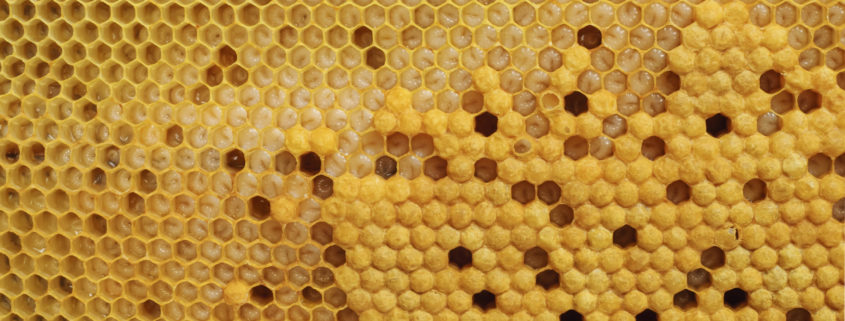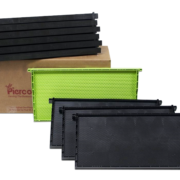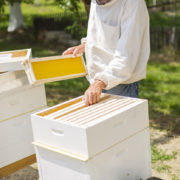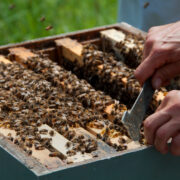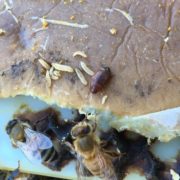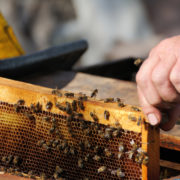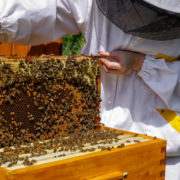The Hive Inspection – The Sniff Test
We have posted before about the importance of regular hive inspections. Consistent and thorough hive inspections are what separate the quality beekeepers from the average ones. Most of the features of an effective hive inspection are visual. For example, the beekeeper is looking at brood patterns, honey stores, population size, etc. Part of a thorough colony inspection, however, also involves the nose.
Beehives have telltale smells that can offer the beekeeper important clues as to the activities and wellbeing of a bee colony. If you pay close attention to your beehive, you can typically pick up subtle changes in the aroma of the hive as they work different flower sources. In our area of California, buckwheat and eucalyptus nectar have distinct smells. This lets us know when these honey flows are in play.
Healthy brood also has a unique smell. In the earliest part of the season, when hives are rapidly building up, most colonies contain a high percentage of brood compared to bees and honey stores. When this happens, the brood smell is especially noticeable. During almond pollination for example, which takes place in early February, a truckload of bees arriving from Southern California contains practically more brood than bees, and smells strongly of healthy brood, waiting to hatch out.
If the brood smell has an unpleasant or nasty aroma, then that is definitely cause for concern. Foulbrood or other viruses may be infecting the brood. A conscientious beekeeper needs to trust his, or her nose, and respond right away.

